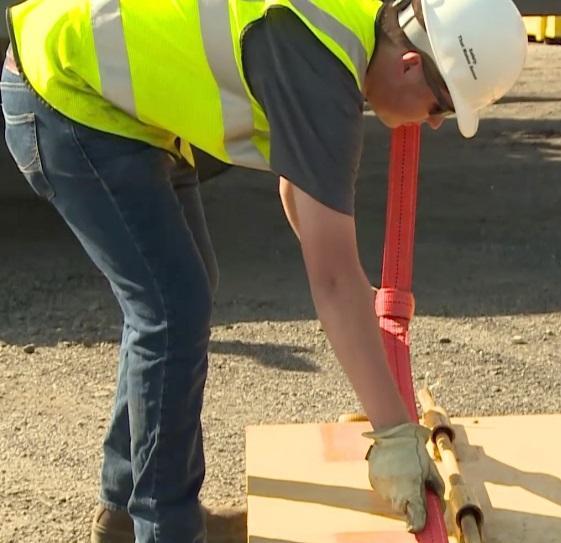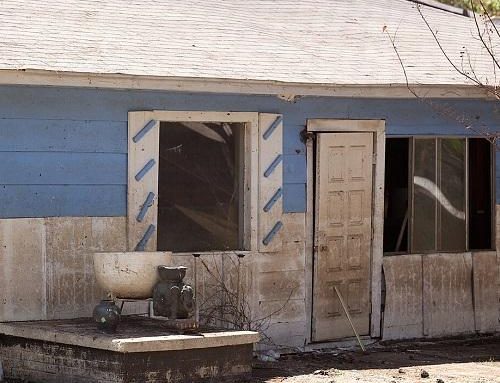Rigging safety is an important aspect of safety in industrial and construction environments, where workers often use rigging equipment to lift and move heavy loads. It’s important for businesses in these environments to understand the hazards and risks associated with rigging and to implement appropriate safety measures to prevent accidents and injuries.
Here are ten important tips for rigging safety in industrial and construction environments:
- Understand the hazards associated with rigging. Rigging can be unstable and can cause falls and other injuries, so it’s important to understand the hazards and risks associated with rigging and to take appropriate precautions.
- Develop a written rigging safety program. Develop a written rigging safety program that includes information on the hazards and risks associated with rigging, as well as the measures that should be taken to prevent accidents and injuries.
- Provide appropriate training. Provide workers with appropriate training on rigging safety, including how to inspect rigging equipment, how to properly use rigging equipment, and how to report incidents and injuries.
- Use the right rigging equipment for the job. Make sure to use the right rigging equipment for the job, taking into account the weight and type of load being lifted, to reduce the risk of accidents and injuries.
- Inspect rigging equipment before use. Before using rigging equipment, inspect it to make sure that it is in good working condition and free of defects or damage.
- Follow proper rigging setup and use. Proper rigging setup and use are essential for preventing accidents and injuries, so make sure to follow the manufacturer’s instructions and guidelines.
- Use the proper rigging angle. The proper rigging angle is important for stability and safety, so make sure to use the correct angle when setting up rigging equipment.
- Secure the load to prevent movement. Secure the load to prevent movement, using appropriate restraints or tie-offs, to help prevent falls and other accidents.
- Implement a system for reporting incidents and injuries. Implement a system for workers to report incidents and injuries involving rigging, so that appropriate action can be taken to prevent future incidents and to protect workers.
- Conduct regular safety inspections. Conduct regular safety inspections of the workplace to identify potential hazards and risks, and take appropriate action to address any issues that are identified.
By following these tips and implementing appropriate safety measures, businesses in industrial and construction environments can help prevent rigging accidents and injuries and create a safer work environment for their employees.
Do you need Online Construction Safety Training?
Try a free demonstration of Rigging Safety in Industrial and Construction Environments










